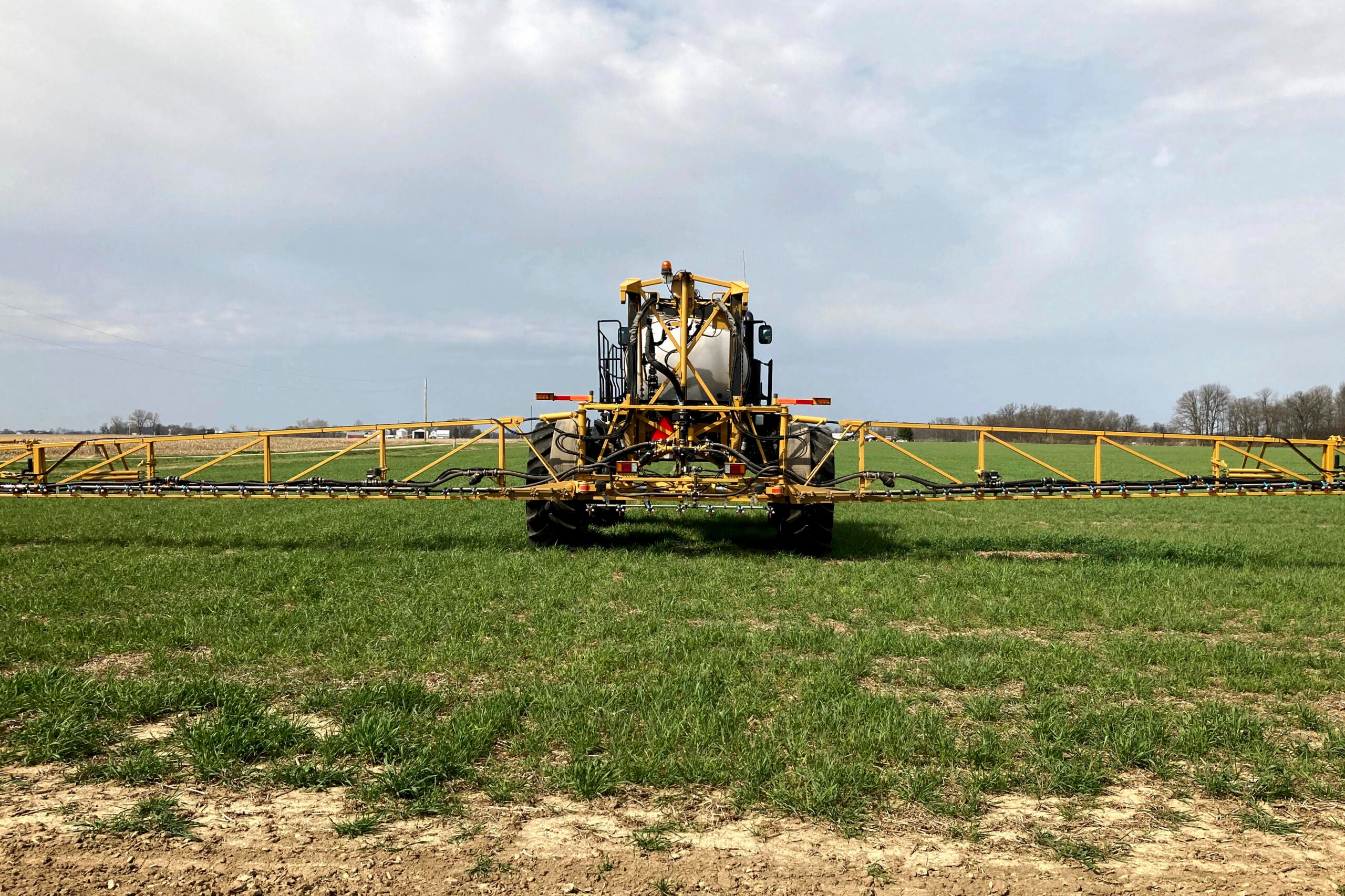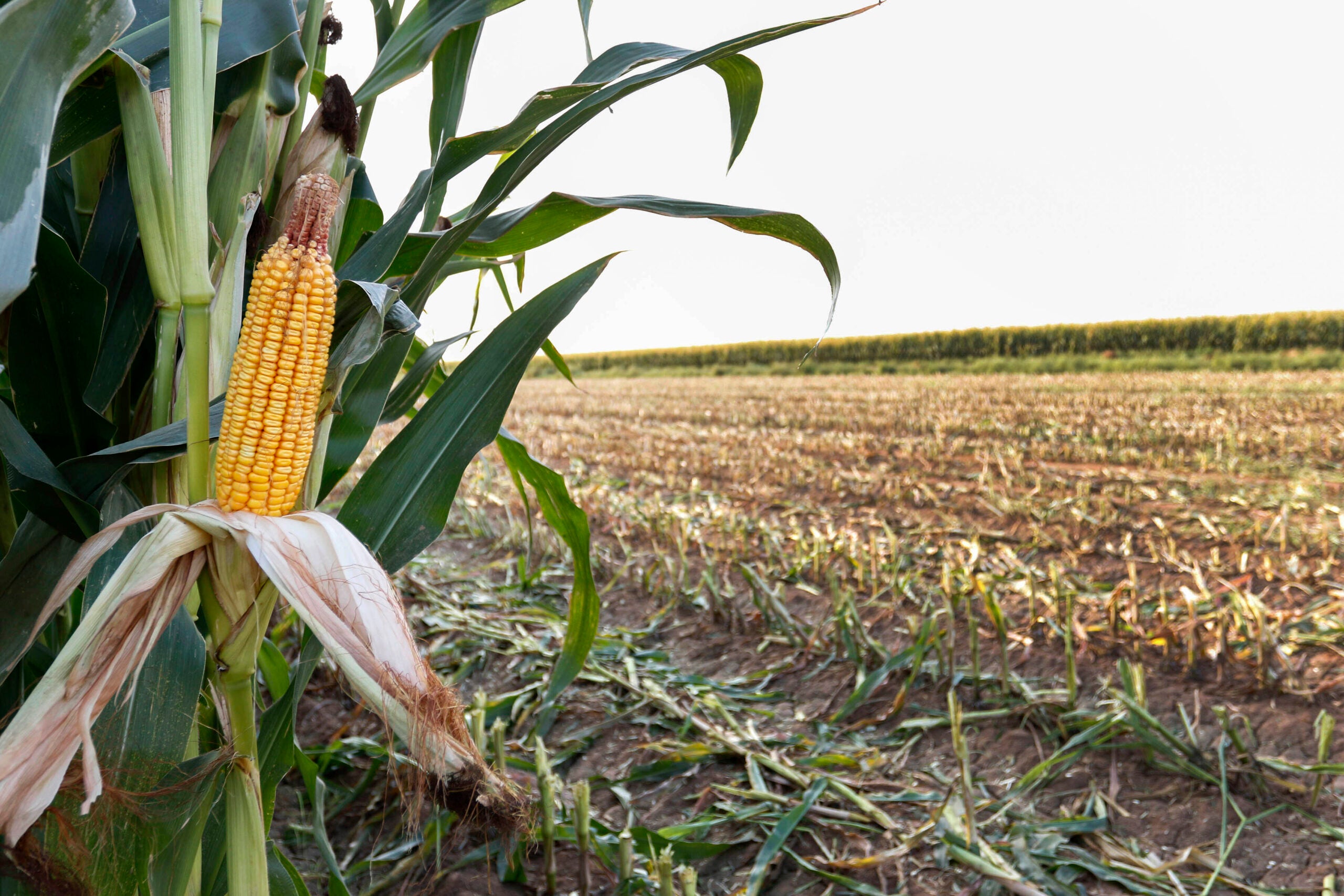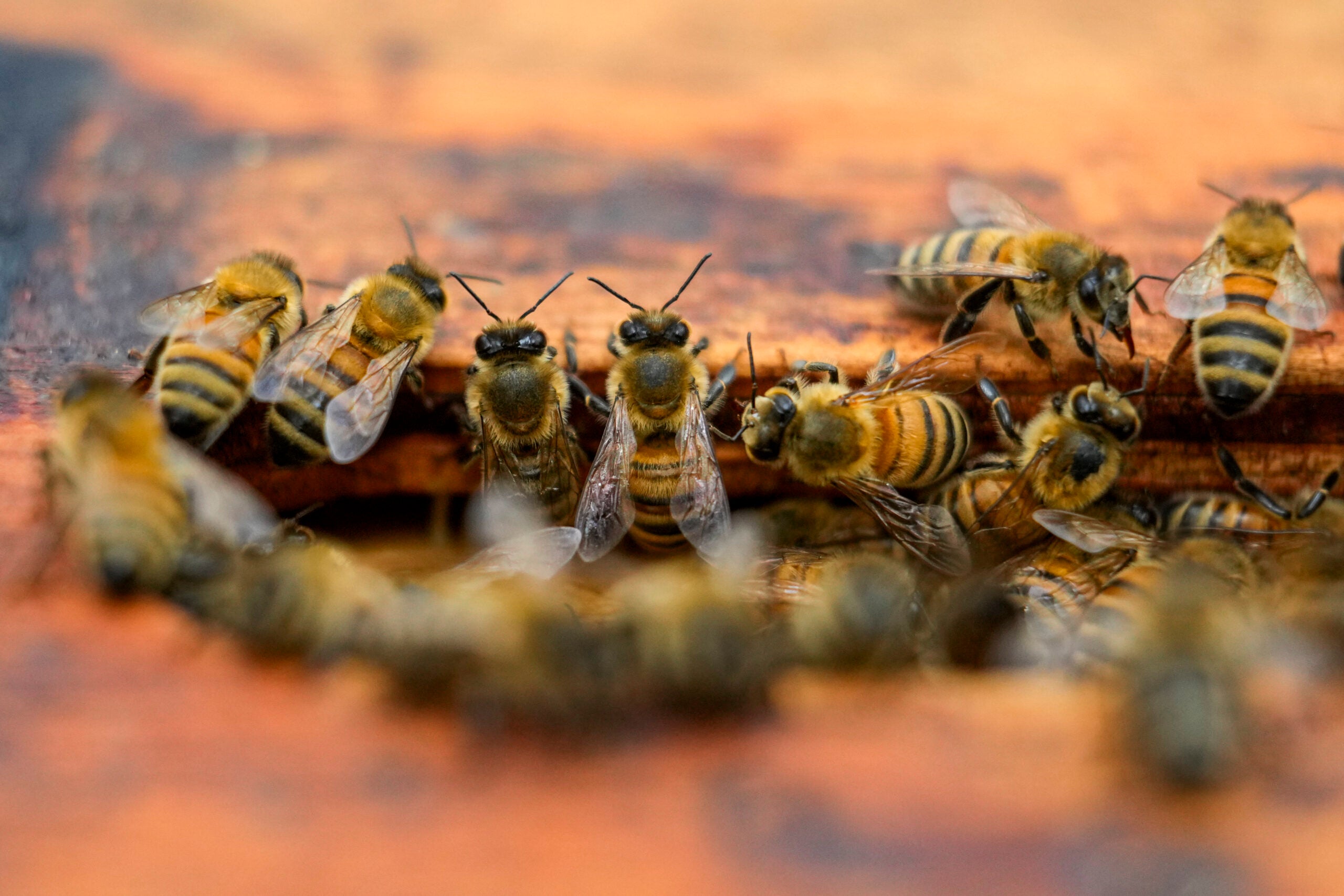The state estimates one or more pesticides are found in around 43 percent of 800,000 private wells in Wisconsin, and more than half of the pesticides detected aren’t regulated in groundwater at the state or federal level.
The findings stem from an analysis of 380 wells sampled last year as part of a statewide survey to assess pesticides and nitrates in groundwater. It’s conducted every five to 10 years by the Department of Agriculture, Trade and Consumer Protection, or DATCP. The estimate of wells with pesticides is up slightly from 41.7 percent since the last survey in 2016.
Results released this year show detections of 29 individual pesticides out of 107 compounds tested that include chemicals known as neonicotinoids, which are insecticides known to be toxic to bees and birds.
The findings revealed only one well exceeded health advisory levels recommended by the state Department of Health Services, or DHS, for any of the compounds tested. Even so, Carla Romano, a groundwater specialist with DATCP, said state officials couldn’t assess health concerns for some of the pesticides.
“DHS has conducted reviews of studies available for some of these pesticides, and unfortunately cannot assess a threshold or a health benchmark because of the lack of studies on some of these chemicals,” Romano said.
The most frequently detected compounds in private wells were breakdown products of herbicides metolachlor and alachlor, as well as atrazine. They’re commonly used on corn and/or soybeans, and none exceeded groundwater limits for those pesticides.
Of the 29 compounds detected, Romano said 13 have established groundwater standards. Nine pesticide compounds lacked any groundwater limits or health advisory levels. Seven only have health advisory levels.
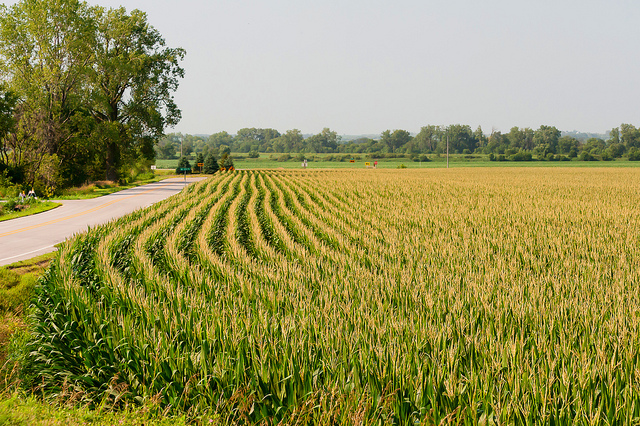
Health and environmental regulators have urged action on a backlog of groundwater standards that include 18 pesticides. Of those, half a dozen were detected during sampling. Sara Walling, water and agriculture program director for Clean Wisconsin, said she feels zero is the only safe amount of a pesticide in groundwater.
“But without groundwater standards for these chemicals, there’s nothing we can do as a state to protect ourselves and our citizens and our communities against the impacts of these contaminants in our drinking water systems,” Walling said.
Romano said the state provides information to well owners on pesticides detected and potential health effects, as well as options for treatment.
Agriculture generates $104.8 billion each year for Wisconsin’s economy, and growers use millions of pounds of pesticides each year.
The Department of Natural Resources has attempted to set groundwater standards for pesticides, but those efforts have so far been unsuccessful. The agency has said it will ask state health officials to revisit recommendations for pesticides after they receive updated health recommendations on PFAS.
Walling said data already exists for crafting limits on pesticides, adding the state shouldn’t wait to move forward on setting standards.
News with a little more humanity
WPR’s “Wisconsin Today” newsletter keeps you connected to the state you love without feeling overwhelmed. No paywall. No agenda. No corporate filter.
Statewide detection rate of bee-killing insecticides on the rise
The survey also saw a greater rate of neonicotinoids in wells, but officials caution advancement in technology may have improved detection at lower levels. Even so, concerns have been mounting over the insecticides, which are the topic of an upcoming forum in Wisconsin. Compounds like imidacloprid, clothianidin and thiamethoxam are estimated to be found in around 5 percent of private wells. They’re widely used to control pests on crops, gardens, pets and in homes.
The three neonicotinoids are registered in more than 500 products sold in Wisconsin. Research also shows between 79 to 100 percent of corn seed is treated with the insecticides, as well as between 34 to 44 percent of soybeans. Last year, the state planted 4 million acres of corn and 2.1 million acres of soybeans. Insecticides were also used on 92 percent of the roughly 66,000 acres of potatoes planted in 2022, half of which were treated with thiamethoxam.
Trade associations for corn, soybean, potato and vegetable growers in Wisconsin were either unavailable or didn’t respond to requests for comment. Russ Groves, chair of the Department of Entomology at UW-Madison, said detections of pesticides are unfortunately a logical outcome in areas where agriculture is more intense on the landscape.
“Those are the tools that we have relied upon so that we don’t have real significant economic losses for a producer or an industry,” Groves said.
Even so, Groves said he’d like to see exploration of alternatives and other pest management methods to stem the frequency of detections.
Neonicotinoids were initially introduced as alternatives to other pesticides in the 1990s, and they were thought to be less toxic to people and wildlife. They’re designed to target nicotine receptors in insects, killing them. Use of the insecticides has grown since the early 2000s.
Scientists have since learned more about their unintended consequences. Last year, the Environmental Protection Agency found imidacloprid, clothianidin and thiamethoxam are likely to jeopardize around 200 federally endangered or threatened species. James Crall, an assistant entomology professor at UW-Madison, said neonicotinoids are known to threaten the health of bee colonies over time.
“The big picture story is that lots of parts of the bee life cycle and the things that bees have to do to fuel long-term growth are being disrupted even at these levels that are well below acute toxicity,” Crall said.
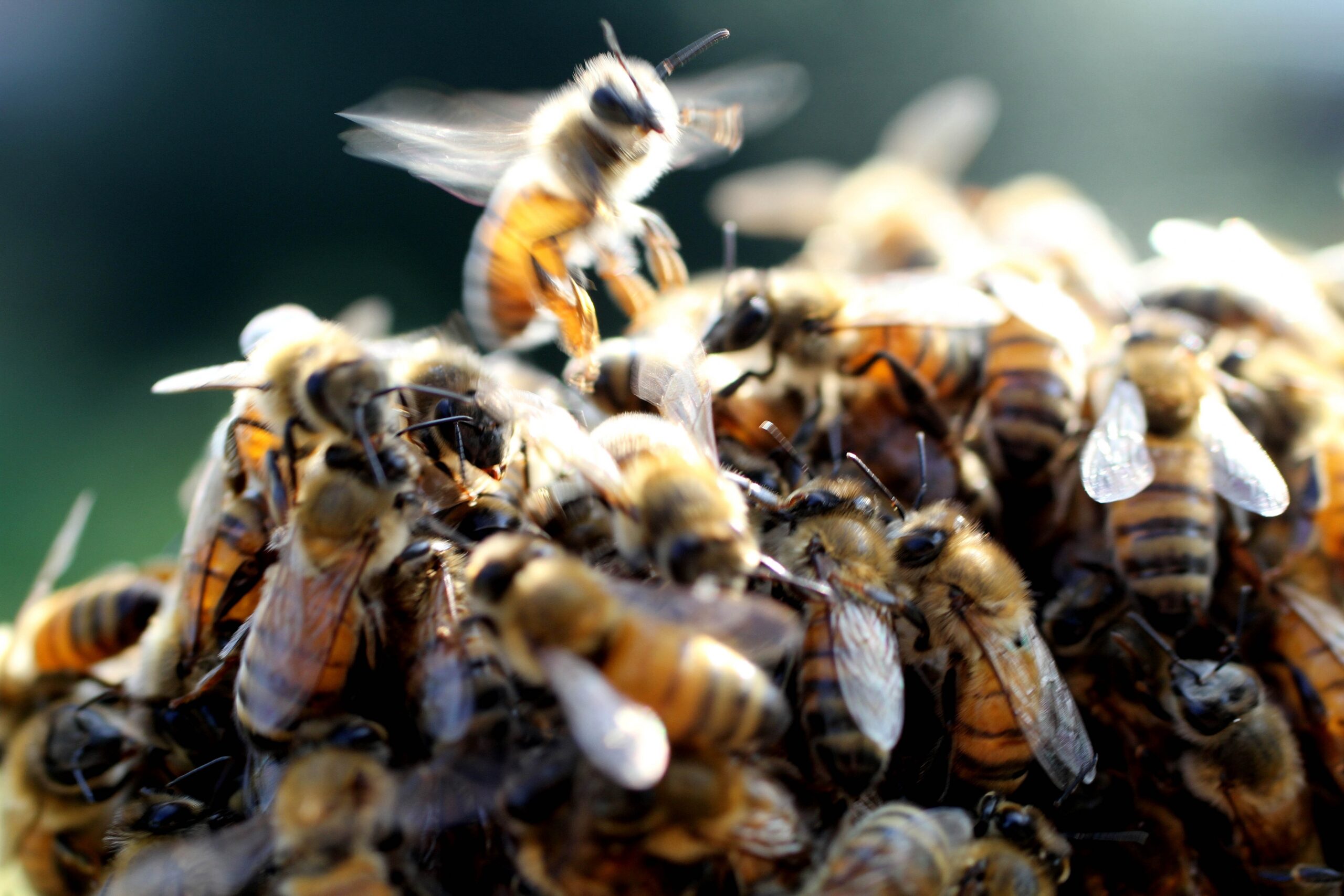
And it’s not just bees. A recent DATCP report shows surface water sampling last year found levels of imidacloprid and clothianidin that exceeded aquatic health benchmarks, meaning they could pose a risk for some freshwater organisms.
Steve Corsi is a research hydrologist with the U.S. Geological Survey in Madison. He co-authored studies with similar findings that showed the two neonicotinoids are the most frequently detected insecticides in Great Lakes tributaries, including in urban and agricultural areas. He said researchers found multiple pesticides present, not just neonicotinoids, that could pose risks for aquatic organisms.
“We recognize that in order to have successful agricultural producers in our state, many of them need to use pesticides or their crops would fail, or at least not be as successful. It’s a balancing act,” Corsi siad. “What can we do to minimize the impact of these pesticides while still having successful agricultural producers?”
Research on the human health effects of neonicotinoids is limited. Some studies suggest they’re linked to adverse developmental or neurological outcomes, autism spectrum disorder, memory loss and finger tremors. The EPA is currently reviewing such pesticides to ensure they can be safely used and expects to issue interim decisions next year.
At least 11 states have restricted neonicotinoid pesticides for residential use, and New York banned seeds treated with the chemicals last year. In Wisconsin, Democratic lawmakers introduced a package of bills to protect pollinators last year, including a bill that would have barred the DNR from using neonicotinoids on lands maintained by the agency. The legislation failed to advance.
Wisconsin Public Radio, © Copyright 2025, Board of Regents of the University of Wisconsin System and Wisconsin Educational Communications Board.

